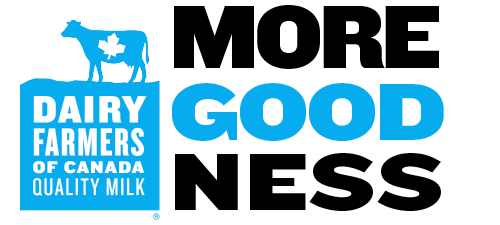According to estimates derived from a Life Cycle Analysis for the year 2021 in Canada, it takes on average 31 litres of water to produce 1 litre of milk (31, not 1,000 as we hear sometimes). And many farms have adopted several practices that conserve and/or recycle water. The water footprint number takes into account the water needed for barn and equipment cleaning, for calves and cows to drink, as well as the water used upstream in the manufacturing of inputs like fertilizer and electricity (in regions powered by hydroelectricity), and the water used to grow crops.
Grass, corn silage and cereals eaten by cows do not typically need to be irrigated in the majority of milk-producing regions in Canada, thanks to sufficient rainfall. However, when there is a drought, like there was in Western Canada in 2021, the places where crops need to be irrigated increased the water footprint that year.
Learn more: https://dairyfarmersofcanada.ca/en/who-we-are/our-commitments/sustainability/water






